Tempest’s Downpour – Anime In-Jokes 8: Onmyouji, Oni and Yokai – Oh, my!
The following article may contain spoilers for Tokyo Babylon.
So you’re watching your favorite anime and your beloved heroes stumble upon a new puzzle: in order to defeat the latest yokai threat, that is actually an oni if you want to get technical, our heroes have to consult an Onmyouji and convince this person to join the party.
If you followed any of what I said, kudos to you. For the rest of us, all this rampant Japanese is probably making us consider watching Looney Tunes reruns instead. Oni? If it’s a monster, why is it wearing leopard-print underwear? Why is an oni a yokai as well, while a yokai isn’t always an oni? And what the crap is a Onmyouji? Consider this the start of the intermediate course in becoming an Otaku.
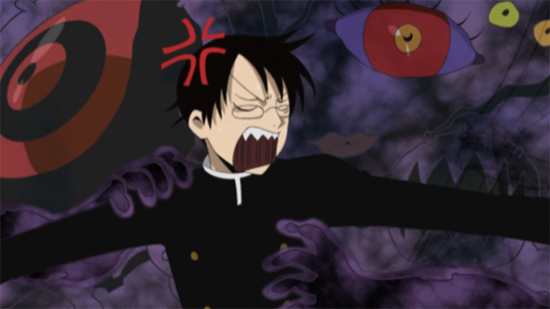
Some of you may be feeling overwhelmed like Watanuki here
To explain the others, I must first explain the role of an Onmyouji. Onmyouji are people who are certified to practice Onmyodo. Onmyodo is a method of Japanese divination (read Harry Potter if you don’t know what divination is) that combined elements from other mystical religions which influenced Japan over a thousand years ago. Taoism and esoteric Buddhism (both from China) , and a form of astrology from India were the main influences in Onmyodo, although the sway this practice had in the emperor’s court is what made it so popular.
Onmyodo predicted disasters and ways to avert them, impressing the emperor who was all too happy to give them more power. Onmoyouji were put in control of the calendar system and had a say in some of the most personal aspects of nobles’ lives including when and where they traveled (Example: “Because East is a bad direction today, you can’t go home, Sir.”).

Seishiro from Tokyo Babylon pictured with many Onmyouji symbols including his Shikigami
Two great Onmyouji, Kamo no Tadayuki and his son Kamo no Yasunori, made great advancements in calendar and astronomy science. Their pupil, Abe no Seimei went on to become the world’s most renowned Onmyouji. That name may sound familiar to fans of Shounen Onmyoji, a fictional anime about Abe no Seimei’s grandson.
There are a few things that really distinguish Onmyouji when you see them in anime. First is the Gobosei, or pentagram that Abe no Seimei made famous. It is a combination of the five Chinese elements (“Wu Xing” – wood, fire, earth, metal and water) and the five “overcoming elements” (Wood parts earth, earth absorbs water, water quenches fire, fire melts metal, metal chops wood).
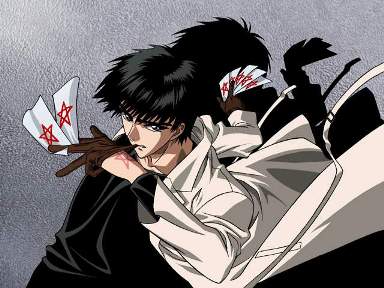
Subaru from X/1999 pictured with his Ofuda
Next is the Ofuda, which are rectangles of paper with mystical or holy symbols written on them. Ofuda can have any purpose: from sealing buildings to dispelling evil, they can even be used as weapons. Then there are the trademark Shikigami: spirits that typically take on an animal form who work as servants for the summoner. In some representations, a paper doll is used as the center for the spell: if the shikigami dies, the paper doll remains (usually ripped or torn in a few places).
The least translatable aspect of Onmyodo is probably the Kuji-In, or Nine Syllable Seals. It can be a phrase or a series of sounds used as a mantra to strengthen spells or protect against evil forces and is typically associated with exorcism. This is not limited only to Onmyodo: Kuji-In’s origins are speculated to have come from Taoism. In anime, miko (shrine priestesses) can be seen performing the Kuji-In and some have shikigami servants.

The Five Chinese Elements and how they relate
Finally, the Eastern Zodiac and Feng Shui perform important roles in divination as well as the everyday lives of Onmyouji. The Zodiac was a heavy influence on the calendars Onmyouji were put in charge of which eventually lead to the incorporaton of the Four Gods into Onmyodo. (Hey guys, remember Anime In-Jokes 2?)
Speaking of beasts, it is not unusual for Onmyouji to be well-versed in dealing with yokai, if not only in the anime world. Yokai come in three categories: evil, mischievous and other. The “evil” category is relegated to Oni.
Oni can be translated as demons, ogres or trolls. Oni are to blame for the disasters and diseases that plague humanity, associating them with demons and Oni came in many different forms and were thought to be invisible ghosts.
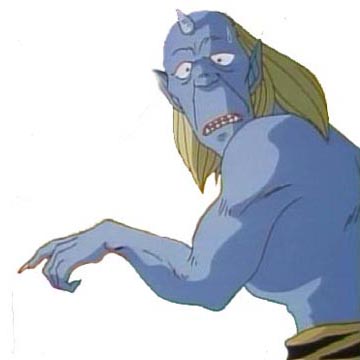
The modern image of Oni: AKA Ogre from Yu Yu Hakusho
However, in recent times, Oni have been anthropomorphized into ogre-like creatures with oddly-colored skin and horns thanks to influences from India, China and the Onmyouji. Oni are clad in leopard-print loin cloths and carry iron clubs much like trolls. They have horns and cat-like fangs due to their association with the Northeast direction, the Demon Gate – an unlucky direction through which spirits passed, which is the ox-tiger direction in the Chinese zodiac.
Oni are thought to be the devilish underlings of Enma-O, hence their stereotypical appearances in Yu Yu Hakusho. They are driven out during festivals like Setsubun in which people throw soybeans and shout “Oni go out! Blessings come in!” However, Oni lately have been characterized as more protective than harmful, hence their more genial attitude in anime.
It’s important to note that there is only one kind of Oni, and many types of Yokai. Yokai are living legends with heavy Shinto influences. Just as Oni were disastrous forces, Yokai span the line of supernatural from mysterious to downright lucky. Some possess animal features while others are inanimate objects brought to life on their hundredth birthdays, an old Shinto belief. Yokai have many kinds of spiritual powers, and those that shapeshift are called Obake.
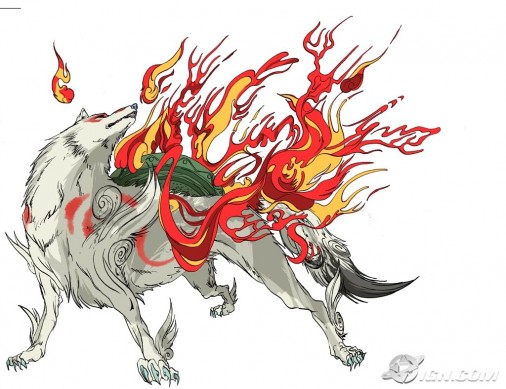
Amaterasu from the video game Okami
Popular animal Yokai include the tanuki (raccoon dog), kitsune (foxes), hebi (snakes), mujina (badgers), bakeneko (cats), okami (wolves), tsuchigumo/jorogumo (spiders) and inugami (dogs). Most of these animal spirits are mischievous and can be seen working as Shikigami for Onmyouji.
Other types of spirits include the Yuki-onna (snow woman) as well as many other weather themed spirits which can be found easily in xxxholic. There is a ton of folklore revolving around Yokai, but Shigeru Mizuki was the first to popularize Yokai through manga in the 1960’s.
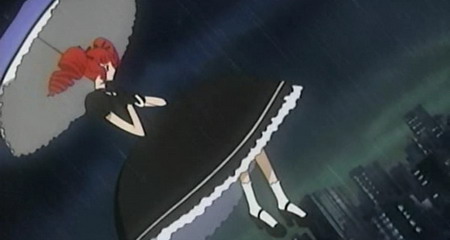
Ame-warashi, the Rain Spirit from xxxholic
It’s darn near impossible to name every anime series that is influenced by Onmyouji, Oni or Yokai. When you get down to it, even Fruits Basket has a throwback to Onmyouji by centering on the Chinese Zodiac. But now hopefully some shows that are saturated in these distinctly Japanese influences – Yu Yu Hakusho, Tokyo Babylon, Haruka (In a Distant Time…), Shounen Onmyouji, Urusei Yatsura, Okami – make sense.
http://tvtropes.org/pmwiki/pmwiki.php/Main/Onmyodo
http://en.wikipedia.org/wiki/Onmy%C5%8Dd%C5%8D
http://en.wikipedia.org/wiki/Oni_(folklore)
http://en.wikipedia.org/wiki/List_of_legendary_creatures_in_Japanese_mythology



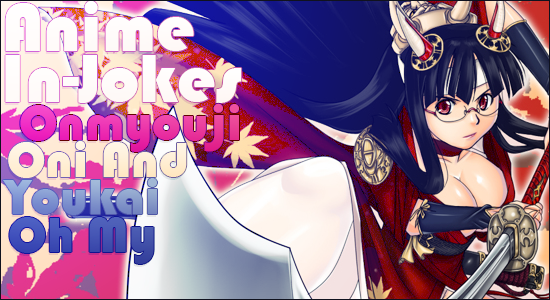
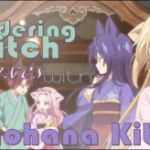

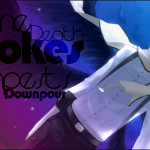
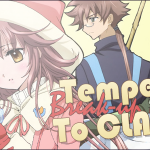



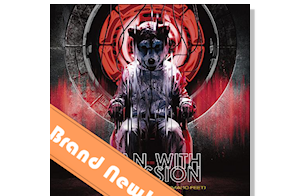





[…] This post was mentioned on Twitter by Crazy Nurse, 91.8 The Fan. 91.8 The Fan said: Tempest’s Downpour – Anime In-Jokes 8: Onmyouji, Oni and Yokai – Oh, my! @ http://tinyurl.com/38kdlfv #anime #manga […]
[…] on the basis that it reminded me of a straight-version of Tokyo Babylon. Girl who works as an onmyouji dealing with demons and ghosts? Oh, hey, strong female lead-character? I’m […]
[…] Hiichiro inherited the onmyouji agency from his father, though he isn’t quite living up to his family name. A powerful psychic […]